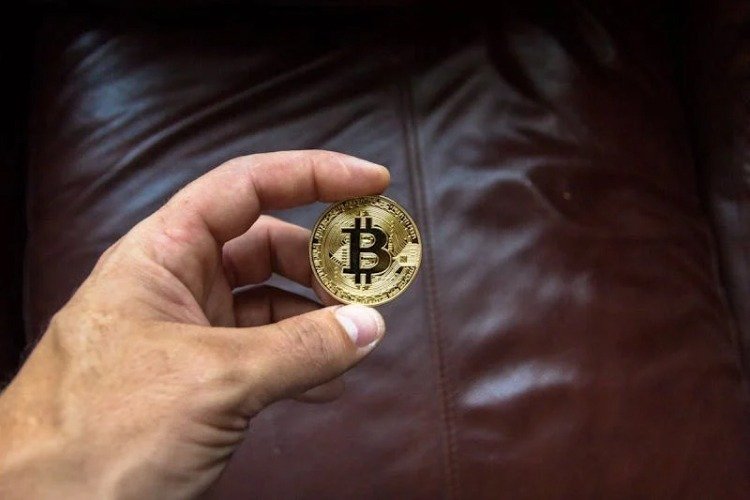Navigating the Future of Finance: Essential Features of Modern Web3 Wallets

As digital finance evolves, Web3 wallets are at the forefront, reshaping how users interact with decentralized finance (DeFi) and traditional financial systems. These wallets offer a bridge between conventional banking and the decentralized world, giving users greater control over their assets, privacy, and the freedom to transact without intermediaries. But not all Web3 wallets are created equal. In this article, we’ll explore the essential features that define cutting-edge Web3 wallets and how they are revolutionizing financial autonomy.
The Role of Web3 Wallets in Modern Finance
A Web3 wallet does more than just hold digital assets like cryptocurrencies; it opens up a gateway to the decentralized web, where users can interact with decentralized applications (dApps), DeFi platforms, and even participate in token governance. These wallets provide users with the ability to manage digital identities, sign transactions, and securely store a variety of tokens—all without the need for centralized financial institutions.
As the line between traditional finance (TradFi) and decentralized finance (DeFi) blurs, Web3 wallets are essential for anyone looking to navigate this new digital economy. Here’s why these wallets are becoming indispensable:
-
Security and Ownership: Web3 wallets are non-custodial, meaning users have complete control over their private keys and, thus, their assets. Unlike traditional bank accounts, where the institution holds your funds, these wallets put the power directly in the user’s hands.
-
Seamless DeFi Integration: Whether you’re staking, lending, or swapping tokens, Web3 wallets enable easy access to DeFi protocols, providing users with a full range of financial services previously only available through traditional banks.
-
Privacy and Anonymity: Many Web3 wallets prioritize user privacy, allowing for transactions without requiring personal information, unlike centralized financial institutions.
Key Features of Cutting-Edge Web3 Wallets
1. Multi-Chain Compatibility
The future of Web3 wallets is cross-chain. Modern wallets are increasingly becoming compatible with multiple blockchain networks, enabling users to manage assets across various ecosystems like Ethereum, Binance Smart Chain, Solana, and more. Multi-chain compatibility ensures users aren’t tied to a single blockchain and can freely move assets between networks, enhancing flexibility.
2. Enhanced Security Protocols
Security remains a top concern for wallet users. Advanced Web3 wallets employ cutting-edge encryption, two-factor authentication (2FA), and biometric login features to protect user assets. Additionally, some wallets now support hardware wallet integration, offering an extra layer of security by keeping private keys offline.
3. User-Friendly Interfaces
As more people enter the crypto space, user experience (UX) is becoming a key differentiator. Wallets that offer intuitive interfaces, simple onboarding processes, and seamless navigation will appeal to both novice and experienced users. A wallet with a steep learning curve or complex setup can deter potential users from embracing the Web3 experience.
4. Integrated dApp Browsers
Web3 wallets serve as gateways to the decentralized internet. Integrated dApp browsers allow users to interact with a wide range of decentralized applications directly from their wallets, whether it’s for gaming, decentralized exchanges (DEXs), or NFT marketplaces. This integration brings the full potential of Web3 within reach of every user.
5. Built-In DeFi Tools
Some wallets offer built-in DeFi tools, such as liquidity pools, staking, and token swapping functionalities, eliminating the need to leave the wallet for financial transactions. This all-in-one approach enhances convenience and reduces the risk of interacting with malicious platforms.
6. Cross-Device Synchronization
Whether you’re on a desktop or a mobile device, the ability to sync your Web3 wallet across multiple devices is crucial. Cross-device functionality allows users to manage their portfolios and execute transactions from anywhere, ensuring they never miss an opportunity in the fast-moving world of crypto.

Comparing Popular Web3 Wallet Options
While there are many Web3 wallets available, they each come with their pros and cons:
-
MetaMask: Perhaps the most widely recognized Web3 wallet, MetaMask excels in ease of use and integration with Ethereum-based dApps. However, MetaMask offers a mobile app and a browser extension, but no desktop application.
-
Trust Wallet: Known for its broad multi-chain support, Trust Wallet is ideal for users who want to manage assets across several blockchain networks. However, it does not offer browser extensions for Firefox or Edge.
-
NonBank: A non-custodial wallet offering complete control over fiat and crypto assets. It integrates Web2 and Web3 finances, enabling seamless management of both traditional and decentralized assets without relying on third parties.
Managing both fiat and cryptocurrency assets is simpler with NonBank, a non-custodial wallet that puts users in full control of their funds. NonBank offers a secure platform for managing various financial assets without the need for third-party intermediaries. By uniting both Web2 and Web3 finances, NonBank creates a seamless experience where traditional fiat assets coexist with cryptocurrencies and decentralized applications.
Stay updated with NonBank on X to keep up with their latest updates. By following them, you’ll discover how their solutions can help you take full control of your digital, traditional, and Web3 assets.
Final Thoughts: Staying Ahead in the Web3 Era
Web3 wallets are transforming the way users interact with digital assets, offering a bridge between traditional finance and decentralized platforms. As these tools continue to evolve, it’s essential to stay informed about the latest developments.
Navigating the future of finance begins with having the right tools. By selecting the right Web3 wallet, users can ensure they have the control, security, and flexibility needed to thrive in the decentralized era.